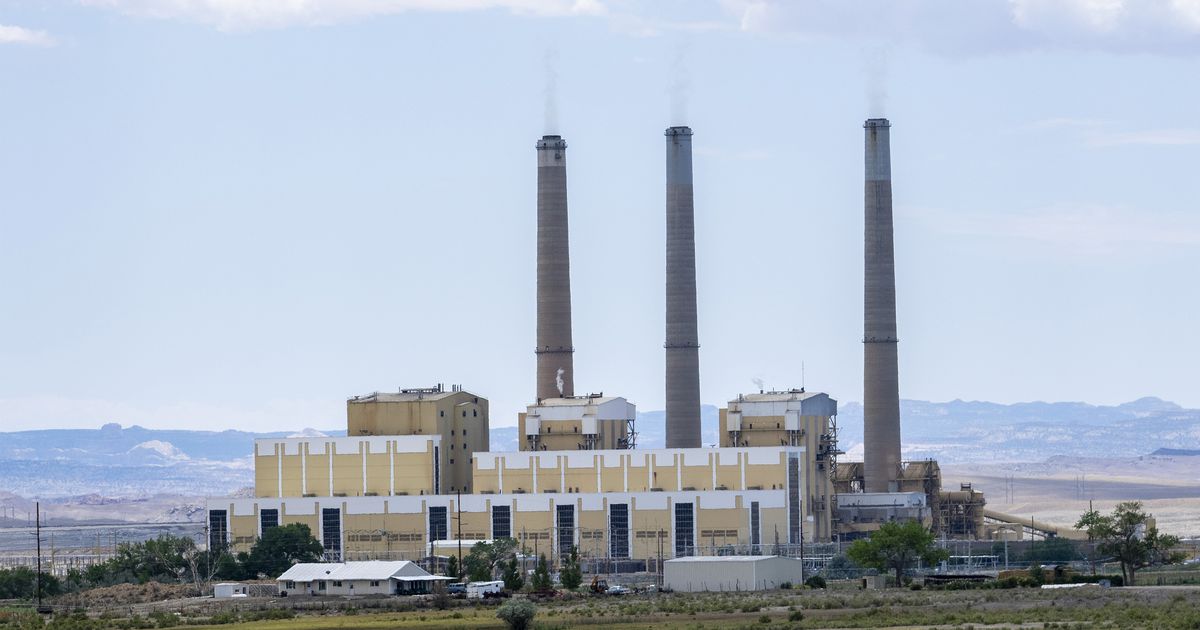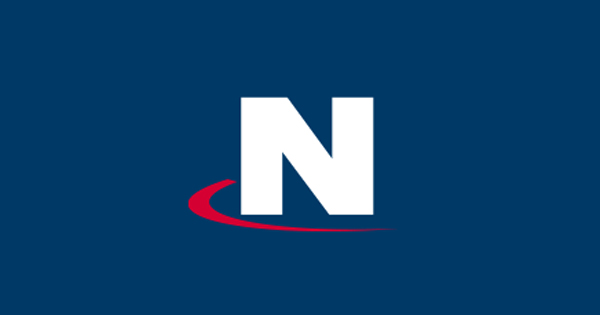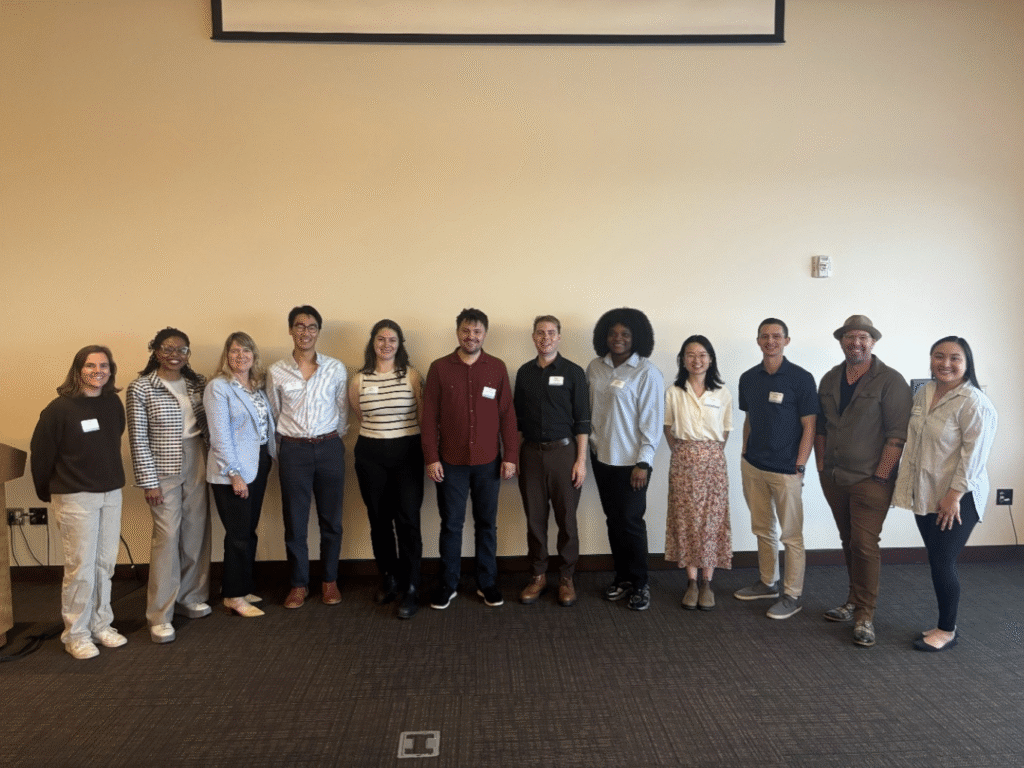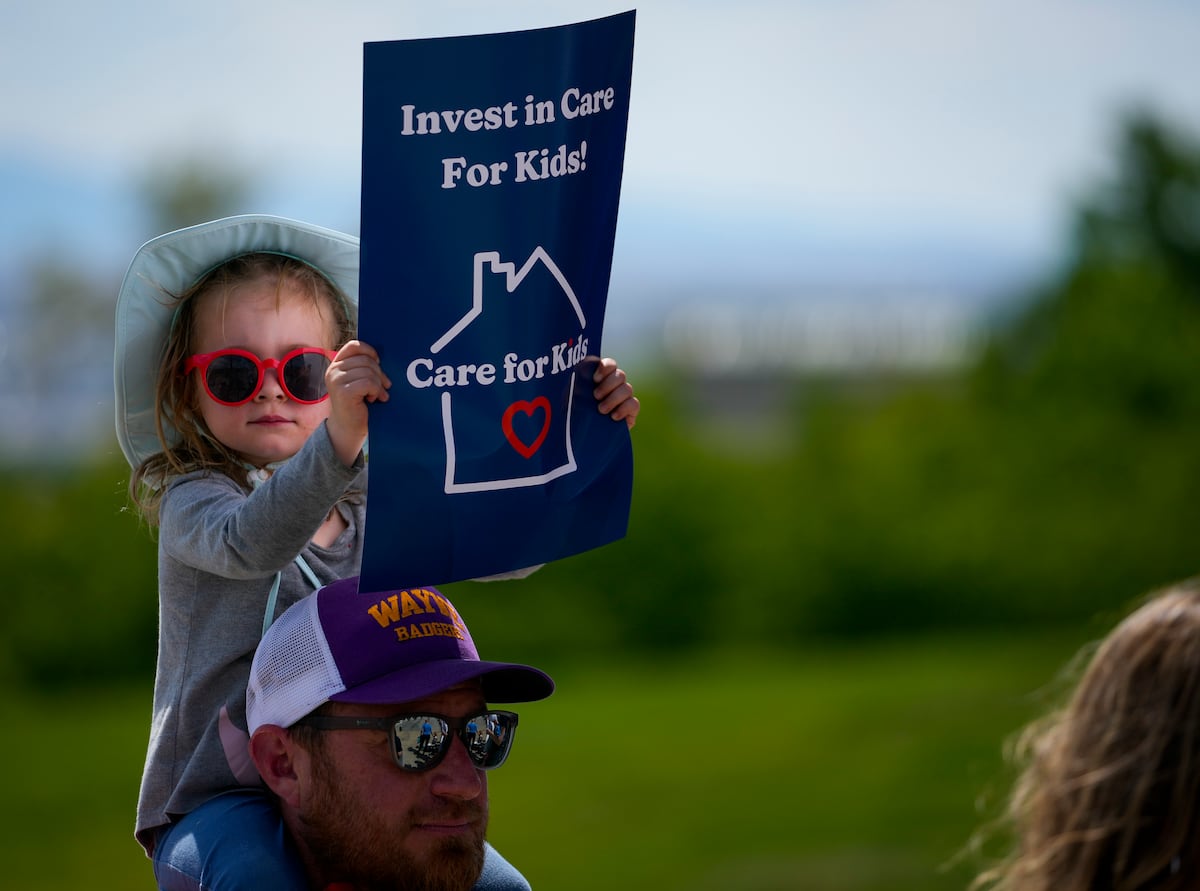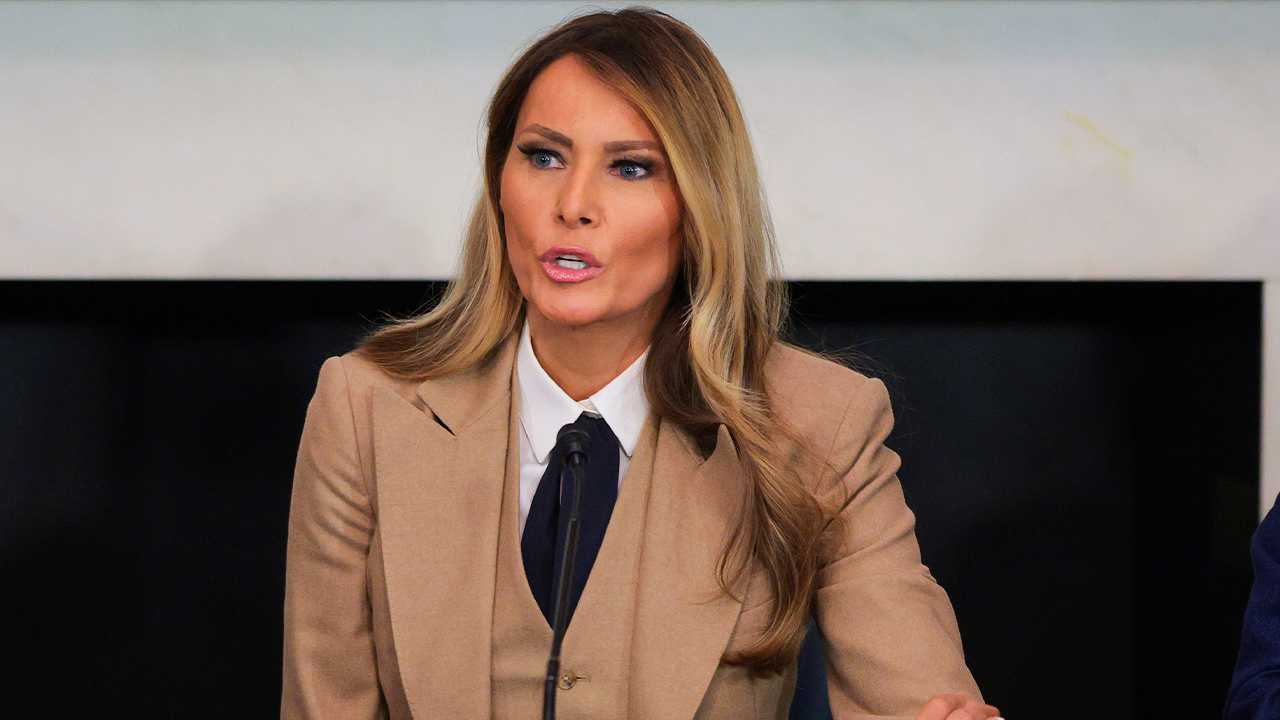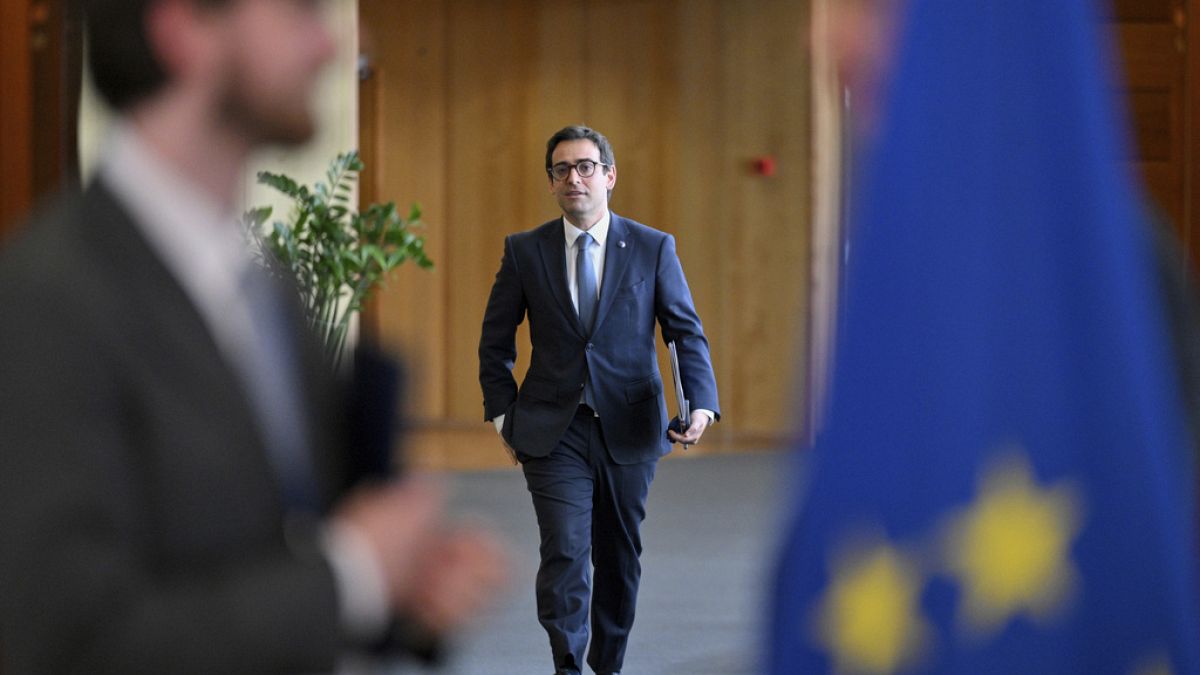Utah has begun its legal challenge of the U.S. Environmental Protection Agency’s “Good Neighbor” rule Tuesday, which Utah leaders say “harms Utahns and threatens our ability to provide affordable and reliable baseload energy to our state.”
Also known as the Ozone Transfer Rule, the regulation put forth by the Biden Administration would bring Utah under regulations that limit how much pollution from power plants is allowed to drift to other states. Eastern states have been regulated under the rule for years.
“As Utah’s elected state leaders, we stand united in pushing back against the administration’s egregious power grab that harms Utahns,” said a joint statement from Utah’s governor, attorney general, congressional delegation and legislative leadership. “We will each fight for a responsible energy policy that embraces efficiency and is based in reality because keeping the lights on is the only option.”
Earlier this year, Utah legislators allocated $2 million to fund the legal challenge, and the Utah Attorney General’s office has hired an outside law firm for the fight. Tuesday’s filing was just two pages, and it is just a petition to have the court review the rule. Rich Piatt, spokesperson for the Utah Attorney General’s office, said the petition is the first step in the legal process. At a later step, the state will file its arguments for why it believes the rule should be reversed.
The EPA has said that nitrogen oxides from Utah plants blows east and could form ozone in Colorado. The Denver metro area is not meeting federal ozone standards, so any ozone produced from Utah pollutants would be contributing to that non-attainment. High ozone levels are known to damage lung tissue.
Utah has disputed the idea that the state’s coal plants are affecting health in Colorado. Utah officials also say it would take millions of dollars to install pollution-control equipment to comply with the regulation, which they say would harm Utahns and the state’s economy.
Environmental groups have criticized the state’s decision to challenge the rule, arguing that coal plant operators have had plenty of time to address their pollution. “There’s been numerous rules that have been targeting these coal plants and trying to clean them up for literally decades,” said Lindsey Beebe earlier this year. Beebe is a Utah-based representative of the Sierra Club’s Beyond Coal campaign.
Rocky Mountain Power, which is Utah’s largest electricity provider and operates two large coal-fired power plants in Emery County, is supporting the lawsuit. Rocky Mountain Director of Government Affairs Thom Carter, director of government affairs for Rocky Mountain Power/PacifiCorp, told legislators last week that the company was fighting the rule in court but was also planning to comply with the regulation while the case is being argued and after that if the suit fails.
Utah has four coal-fired power plants that could potentially be affected by the rule. In addition to the two Rocky Mountain plants, the Intermountain Power Project operates the state’s largest coal-fired power plant near Delta, but IPP officials have already announced their plans to close the coal units and move to natural gas and hydrogen. The other plant is the Bonanza power plant near Vernal, which serves rural electrical cooperatives in Utah and adjoining states.
Utah Gov. Spencer Cox called the rule an “egregious power grab” in a tweet about the filing. Utah House Speaker Brad Wilson, who is exploring a run for Sen. Mitt Romney’s seat, championed the filing in his tweet: “We will not stand by as the Biden Administration encroaches on Utah’s reasonable, responsible, and realistic approach to powering our state.”
Utah Sen. Nate Blouin, a Democrat who has worked in the renewable energy industry, said in an interview that he is sympathetic to the argument that clean energy takes time. “We can’t just retire our baseload resources overnight.”
But he said it’s “a planning issue, not a technology issue,” and Pacificorp’s decision to comply with the policy while it’s fighting it is evidence that it can be done without harming Utah. “PacifiCorp knows what it’s doing. They’re driven by profit. And they’re not going to do something that is going to create an unreliable system.”

